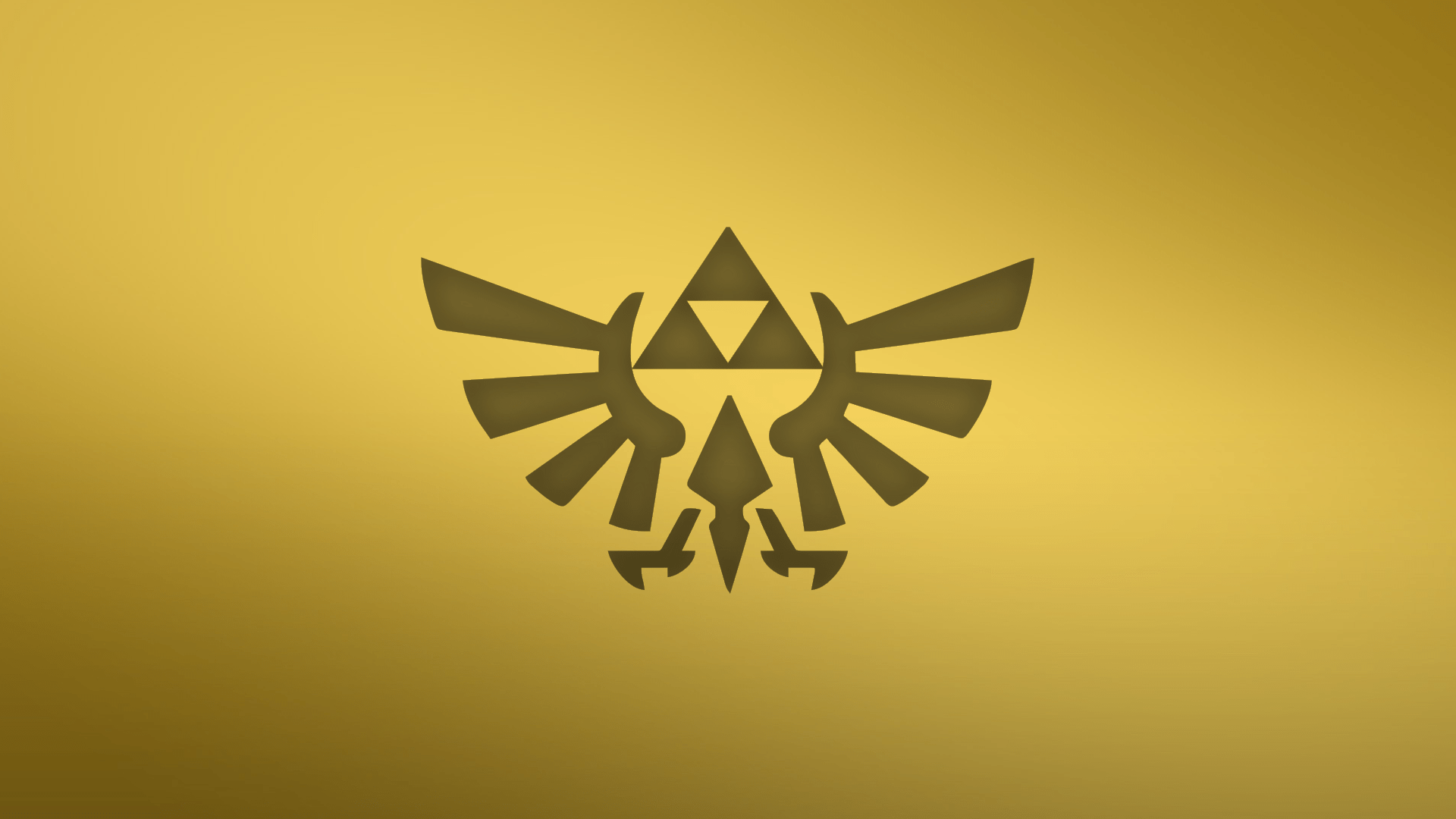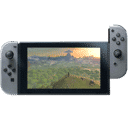
Summary:
The Legend of Zelda’s live action debut is officially underway, and yes—it’s happening in New Zealand. Multiple industry reports confirm the project has moved to “In Production,” with principal photography based in and around Wellington. Filming kicked off in early November 2025 and is scheduled to run through April 7, 2026, barring delays. That leaves over a year for editing, scoring, and visual effects before the theatrical release on May 7, 2027. Nintendo and Sony Pictures are collaborating, with Wes Ball directing and Shigeru Miyamoto producing, a pairing that signals both cinematic ambition and brand stewardship. Location-wise, New Zealand’s sweeping coasts, rugged ranges, and golden light offer a natural canvas for Hyrule’s mix of myth and terrain. Timelines matter here: a spring wrap sets up a measured post-production run, and the early May slot plants the flag at the doorstep of summer. We stick to what’s confirmed, highlight what’s probable, and keep a sensible line between the two so expectations stay sharp while the hype stays fun.
Setting the stage: what’s happening with the Zelda Live Action Movie
The big shift is simple but significant: the Zelda live action project has moved from talking to rolling. Industry trackers updated the status to “In Production,” and a cluster of trade and enthusiast outlets corroborated what fans have been waiting to hear—principal photography has started. When that switch flips, it means schedules, permits, call sheets, and equipment are no longer theoretical. Crews are on the ground, and scenes are being captured. That’s the moment speculation starts giving way to logistics: where the sets are, how long the unit will be planted, and what the calendar looks like between now and release. Crucially, this is also when expectations should stay tethered to verified details. We know the location hub, we know the shoot window, and we know the global release date. Beyond that, anything plot-flavoured should be read as a nudge, not a promise, until the first official trailer speaks for itself.
Where the cameras are rolling: Wellington, New Zealand
Wellington sits at the crossroads of practical filmmaking and fantasy-friendly geography. The city brings the infrastructure—sound stages, crews, and post partners—while its surrounding regions deliver mountains, coasts, dense forests, and dramatic skies within a few hours’ drive. For a world like Hyrule, which is equal parts pastoral calm and looming danger, that combination is gold. You can stage a quiet village path at sunrise and a storm-lashed cliffside by afternoon without moving countries. New Zealand’s film ecosystem also helps productions scale: experienced location managers, streamlined permitting, and an army of craftspeople who’ve cut their teeth on epic worldbuilding make the difference between “nice backdrop” and “fully realized setting.” Add the country’s changeable weather, and you get a visual palette that can swing from bright, airy fields to moody, slate-grey horizons—perfect for a story that toggles between wonder and threat.
The production window: what the dates tell us
The current schedule places principal photography from early November 2025 through April 7, 2026. That’s a robust window for a fantasy feature with on-location demands and a mix of practical and VFX-heavy sequences. Why it matters: a late-spring wrap leaves roughly a year for post-production before the May 7, 2027 theatrical launch. In that time, editors can refine pacing, composers can build thematic muscles into the score, and visual effects teams can iterate without a panic timer. It also gives marketing room to breathe—teaser first, then a full trailer timed to a tentpole event, then a final spot closer to release. Dates don’t guarantee smooth sailing, but they do sketch a healthy runway. If pickups are needed, there’s room to slot them without crunching the delivery. For a project carrying both legacy and global expectation, that buffer is more than comfortable—it’s purposeful.
Why May 7, 2027 matters for the box office
Planting a flag on May 7, 2027 is a vote of confidence. Early May is the on-ramp to the summer season, which means more eyeballs, longer playtime, and a halo of big-screen habit. That window also tends to set tone: arrive strong and word of mouth can cascade through June. Strategically, the date follows a modest delay from the originally targeted late-March slot—a nudge that buys polish time and lines the film up with a period historically friendly to event releases. It’s also an identity play. Launching at the doorstep of summer says, “We belong on the biggest screens in the busiest weeks,” which frames Zelda not as a curiosity from games but as a headline cinematic world. The calendar game is about competition as much as confidence, and this one reads like a team choosing the better battlefield.
Who’s steering the ship: key creatives and partners
Two names define the film’s spine: Shigeru Miyamoto as producer and Wes Ball in the director’s chair. Miyamoto’s presence signals brand guardianship—the kind that keeps tone, character, and myth from drifting off-model. Ball brings large-scale adventure chops and a comfort with environments that feel lived-in rather than merely painted on. Around them, Nintendo and Sony Pictures structure financing, distribution, and the long runway of global marketing. The collaboration also suggests a balance between fidelity and cinema-first storytelling. Fans want the heart of Hyrule intact, but the screen demands arcs, pacing, and visual language that play to people who have never tilted a Joy-Con. That’s the promise of this pairing: a world crafted for newcomers that still winks at lifers who can spot a Sheikah motif at fifty paces.
What the landscape adds: how New Zealand shapes Hyrule
New Zealand’s terrain doesn’t just stand in for Hyrule; it can shape how Hyrule feels. Think of wind-gnarled beech forests as natural dungeons, razorback ridges as quest gates, and river valleys as visual breathers between confrontations. The country’s light—clean, high-contrast on clear days and beautifully diffused when the weather turns—gives cinematographers options to tune scenes from hopeful to foreboding without changing continents. And then there’s the texture: lichen, tussock, sandstone, and volcanic rock all read wonderfully on camera, adding grit and age that greenscreens struggle to replicate. When a hero crests a hill and the horizon opens, the audience should feel distance and effort, not a stitched backdrop. That’s the gift of filming in a place where you can point almost anywhere and get “storybook, but real.”
What story might fit: sensible adaptation paths fans expect
Every fan has a favorite chapter of the Zelda myth, but some arcs simply lend themselves to a first film. A coming-of-age take that follows a young warrior leaving a sheltered life to face a looming warlord is both archetypal and clean: clear stakes, a defined villain, and a quest with beats you can build trailers around. That framework can echo Ocarina-era structure without copying game logic wholesale. Expect nods more than lifts—sacred relics as MacGuffins rather than checklists, a dungeon or two as narrative set-pieces, and a finale that rewards courage over brute strength. The smartest move is a story that welcomes viewers who’ve never met Link, then sprinkles signals for those who can hum the overworld theme from memory. Land that balance and you build a foundation for whatever the next adventure becomes.
Managing expectations: confirmed facts vs. speculation
This is the stage where rumor mills run hot, so it helps to separate concrete from cotton candy. Confirmed: the production status, the New Zealand base, the broad shoot window, the release date, and the leadership at the top. Less certain: granular plot specifics, full cast, and which exact game DNA is the dominant flavor. Industry summaries can hint at tone and direction, but until footage is out in the wild, take any “definitive” storyline leaks with a pinch of salt. A helpful rule of thumb: if it’s not attached to an official channel or a verifiable production listing and it sounds too tidy, it probably is. Enjoy the speculation—half the fun of a mythic world is guessing which door they’ll open—but keep your heart anchored to the facts we can all point to.
How this compares to Nintendo’s last blockbuster
Fair or not, Zelda walks into theaters with Mario-sized footprints on the floor. That’s a different medium, a different tone, and a different audience vibe, but the business lesson travels well: if you make something that understands its iconography and moves with cinematic confidence, people show up. The contrast is instructive. Where Mario leaned into color, comedy, and momentum, Zelda traditionally trades in mood, quiet resolve, and the long breath before a fight. The win condition isn’t copycatting; it’s complementing. Let the strengths differ. Where the plumber danced, the hero of Hyrule can glide, pause, and let the wind speak for a heartbeat. Deliver that cadence with conviction, and you don’t just follow a hit—you broaden the runway for whatever Nintendo dreams up next.
What to watch for next: milestones before the first trailer
Between now and wrap, expect location whispers, the occasional set photo, and incremental trade mentions. The first official beat is likely a title treatment reveal or a classy production still—something that sets palette and silhouette without spilling the chest. After that, a teaser timed to a major event makes sense, whether that’s a film festival sizzle reel or a platform-specific showcase that lights up social feeds. Meanwhile, watch the calendar for composer news, because the musical voice will tell you plenty about the film’s soul. A casting cascade could also arrive in a neat burst—supporting roles, mentors, and adversaries tend to be announced when publicity can land with one swing. As always, the most telling signs will be the quiet ones: a schedule that holds, a reshoot slate that’s surgical, and a marketing arc that feels assured rather than hurried.
Location flavor: practical sets vs. digital extensions
Modern fantasy filmmaking lives in the marriage of stone and pixel. Expect practical builds for spaces where actors need to connect—village squares, temple interiors, armories—and digital extensions to scale those environments into legend. New Zealand’s workshops excel at giving swords weight, wood grain history, and fabric a story of its own. When you combine that tactile realism with smart VFX, you get worlds where a character leaning on a doorway tells you more than a thousand-yard flyover. The trick is resisting the urge to show everything all at once. Let the camera find details. Let rooms feel discovered rather than exhibited. Zelda’s power has always lived in the moment you notice something out of place and decide to check it out. Bring that curiosity to the screen, and you capture the series’ heartbeat without a word.
Audience promise: courage, wonder, and a steady hand on the helm
Strip away the noise and the promise is beautifully straightforward: a tale about stepping forward when you’re scared, set against landscapes that look born to hold legend. With the cameras rolling, the conversation shifts from “if” to “how well,” and that’s a lovely place for fans to be. The creative pairing suggests taste and care, the schedule suggests discipline, and the release date suggests ambition without panic. If you’re rooting for a film that gives newcomers a reason to care and longtime fans a reason to grin, the ingredients are lining up. Keep an eye on the small signals, trust the timeline, and let the hills of Aotearoa do what they do best: turn a good story into one that feels like it’s been waiting for us all along.
Conclusion
The Legend of Zelda’s march to theaters has entered its most tangible phase, with production underway in New Zealand and a clear line to May 7, 2027. The schedule affords careful post-production, the location adds soul and scale, and the leadership reads like a blend of stewardship and cinematic verve. Facts first, hopes alongside, and eyes on the next milestone: the moment we finally see Hyrule flicker to life between black frames.
FAQs
- Is the Zelda live action movie officially filming?
- Yes. Industry trackers and multiple outlets report the status has moved to “In Production,” with filming underway in New Zealand.
- Where is the movie being shot?
- The production is based in and around Wellington, New Zealand, leveraging nearby landscapes and local film infrastructure.
- What are the current filming dates?
- The reported principal photography window runs from early November 2025 through April 7, 2026, give or take reshoots or weather adjustments.
- When is the release date?
- Theatrical release is set for May 7, 2027, following a short delay from the originally planned late-March slot.
- Who is directing and producing?
- Wes Ball directs, with Shigeru Miyamoto producing, as part of a collaboration between Nintendo and Sony Pictures.
Sources
- The Legend Of Zelda Movie Is Now “In Production” In New Zealand, Nintendo Life, November 6, 2025
- The Legend of Zelda movie is now filming in New Zealand, GamesRadar+, November 6, 2025
- Sony’s Zelda Movie Starts Shooting in New Zealand, Push Square, November 6, 2025
- LEGEND OF ZELDA Live-Action Film Starts Production in New Zealand, Nerdist, November 7, 2025
- Production begins on Nintendo Zelda movie, Notebookcheck, November 6, 2025
- Nintendo pushes back live-action Zelda movie to May 2027, The Verge, June 2025
- Nintendo just gave the Zelda movie a major vote of confidence, Polygon, June 2025
- The Legend of Zelda (2027), IMDb, accessed November 7, 2025
- Zelda movie changed to “In Production” and it’s filmed in Wellington, My Nintendo News, November 5, 2025
- Live-Action Zelda Movie Is Now Filming, Apparently, GameSpot, November 6, 2025














